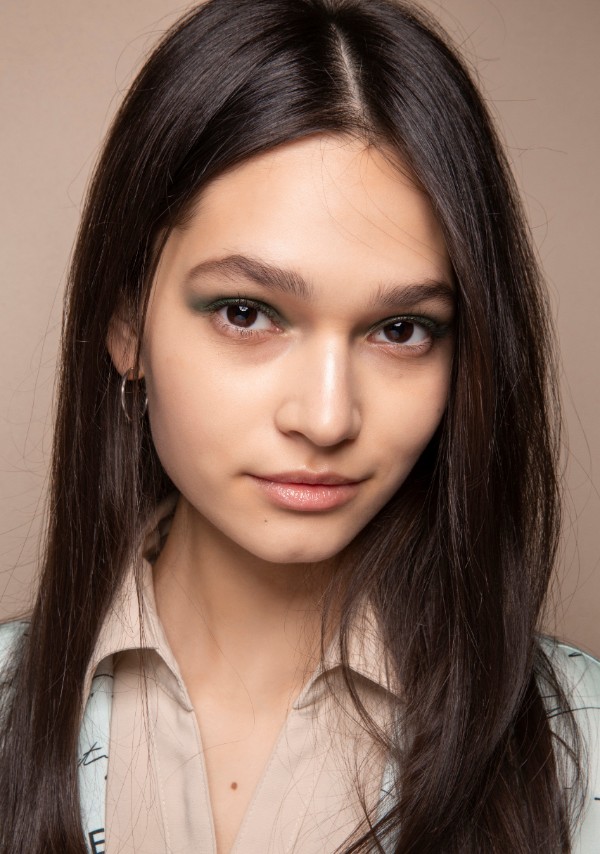In the wide world of skincare, there are a lot of ingredients to know. There are ingredients for diminishing the appearance of fine lines, for correcting discoloration, and for fighting acne. And then there are ingredients that accomplish all of that and more, but to different degrees and along with different timelines.
Two of those multitasking ingredients are retinol and Retin-A (the brand name for Tretinoin). Though they sound similar, and they are in a lot of ways, there are also some major distinguishing characteristics between the two of them. We’re going to break down each and every one of those for you. Keep reading to learn more about retinol vs Retin-A.
RETINOL VS RETIN-A: DIFFERENCES
Vitamin A is an essential nutrient. It’s beneficial to the eyes, reproductive health, immune function, and most importantly for our purposes, the skin.
Our skin loves vitamin A. It absorbs it readily when applied topically. But how exactly do you apply vitamin A to your skin? With retinoids, of course.
Retinoids are a family of compounds that are derived from vitamin A. This group of skincare ingredients has a seemingly endless list of benefits including firmer, smoother, brighter, clearer skin. They’re antiaging powerhouses that speed up cell turnover rates and increasing collagen and elastin production.
But there are a number of different types of retinoids, each with their own effectiveness, side effects, and costs.
RETINOL
Retinol is also called vitamin A1. It’s a natural form of vitamin A that’s found in fruits and veggies. But it’s also used in many skincare products to brighten, soften, and smooth the skin. It can prevent and treat fine lines and wrinkles as well.
But before retinol has any of those affects, the enzymes of your skin must convert the retinol in your product into retinoic acid. How well and quickly it does that depends on your own physiology and also how much retinol is in the actual product.
RETIN-A
Retin-A, as earlier mentioned, is the brand name for Tretinoin. Unlike retinol, these are synthetic forms of vitamin A.
Retin-A is only available as a prescription medication because it’s essentially pure retinoic acid and potent. It is considered to be the gold standard for reducing the appearance of fine lines and wrinkles, fade discoloration, and rejuvenate the complexion. It is also commonly known to treat acne and the likes of blackheads, and whiteheads.
RETINOL VS RETIN-A: BENEFITS
A great deal of research supports the use of retinoids for treating both the visible signs of aging as well as acne. And while they do essentially treat the same concerns, they treat them differently.
Retinol is an active ingredient in many skin care products. It’s mostly used in antiaging skincare formulas as both a preventative measure and a treatment for fine lines and wrinkles. It is often formulated in skincare products like moisturizers, creams, eye creams, and serums.
Retin-A used to treat the sign of aging. If you have more serious concerns, like deep lines and wrinkles or discoloration, Retin-A is your go-to. Many experts also believe that Retin-A is also more beneficial for the treatment of acne.
RETINOL VS RETIN-A: FORMULA
Because your body has to convert retinol into retinoic acid in order to reap the benefits, retinol works much slower than Retin-A. Effects are not immediate with retinol but improvements in skin structure and tone occur with consistent use. This is also why it’s mostly found in leave-on treatments: the longer it has contact with the skin, the more effective it is.
Retin-A, on the other hand, is retinoic acid. The enzymes in your skin don’t have to do any converting before it can be effective – it’s readily absorbed as soon as it’s applied topically. Even the highest strength retinol isn’t as powerful as the lowest strength Retin-A.
RETINOL VS RETIN-A: SIDE EFFECTS
The side effects of both of these ingredients are the same: dryness, peeling, and irritation. But because retinol is usually combined with other ingredients in moisturizers, creams, and serums, it’s less irritating to the skin – or at least the irritation is staved off by the hydration provided by those additional ingredients.
It will take some time for your skin to get used to the use of Retin-A. For this reason, you should start slow when you begin applying it. Try using it only two to three times per week or every other day, until your skin builds up a resistance. You may have to do the same with retinol, but it won’t take as long to get used to and the side effects will certainly be less severe.
RETINOL VS RETIN-A: SKIN CONCERNS
Both retinol and Retin-A can be used to treat the same skin concerns, including aging, discoloration, acne, and so on. But one works more slowly than the other (retinol) and the other is far more effective, specifically with treating acne (Retin-A).
With that said, if you have serious concerns you want to tackle, consider looking for a prescription of Retin-A or the generic tretinoin. Although, those with sensitive skin might consider starting with retinol to give their skin a chance to get used to the ingredient. Once you’ve built a tolerance, you can make the switch with less of the side effects.
If you’re using either Retinol or Retin-A make sure to invest in a good sunscreen as they make skin photosensitive.
RETINOL VS RETIN-A: COSTS
It’s hard to pinpoint a cost for retinol because it’s found in so many different over-the-counter products. What we can say is that the higher it is on the ingredient list, the more retinol the product contains. So always compare cost according to where retinol is listed on the back of the product. And remember that it’s not always listed as retinol. It may also be listed as retinol, retinyl palmitate, retinyl acetate, or retinyl linoleate.
Retin-A usually rings it at approximately $116 USD for a 20 mg tube of 0.05% concentration. But the size that you purchase as well as the concentrated strength varies, and the price will vary with it. You might be able to have Retin-A covered by your insurance but be sure to check your benefits plan before you buy.
FINAL THOUGHTS
Retinol vs Retin-A are both derivatives of vitamin A with similar benefits but very different timelines for results as well as side effects and costs. What you choose depends on the sensitivity of your skin, how serious your concerns are, and how deep your pockets may be. For many, starting with a retinol product before moving into Retin-A is a great way to test out how your skin reacts, how well it works for you, and prepare your skin for a jump into the real deal.



